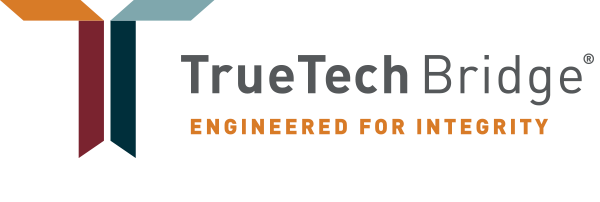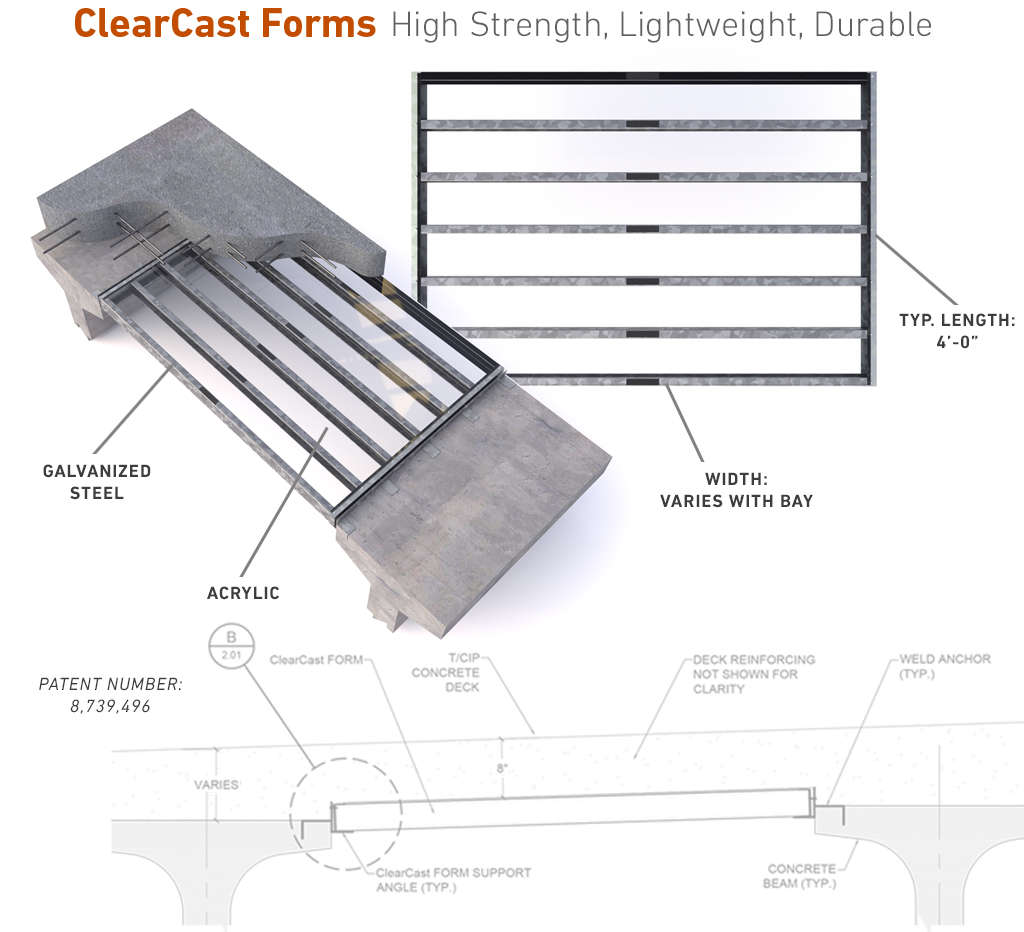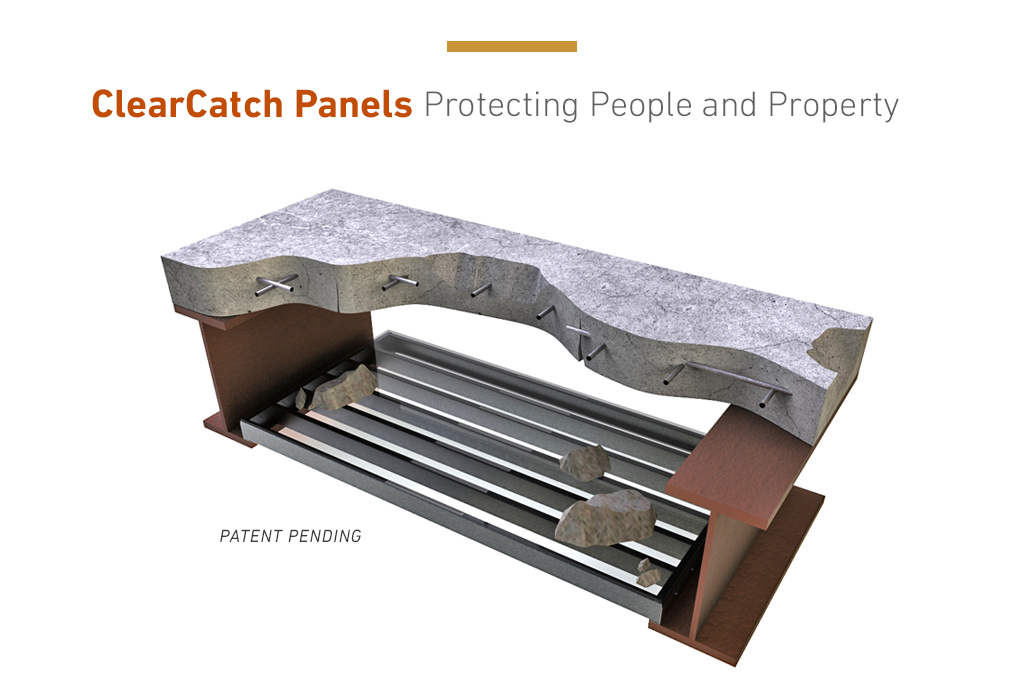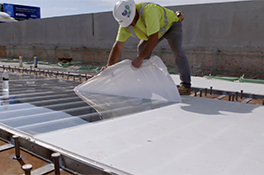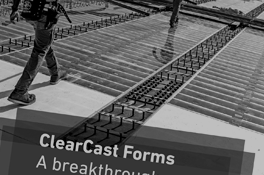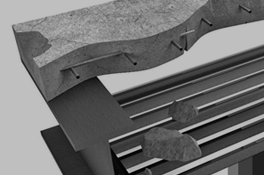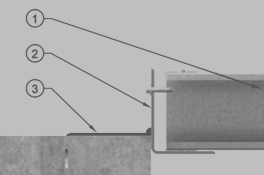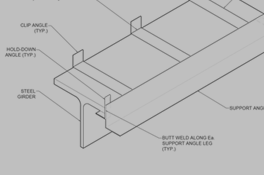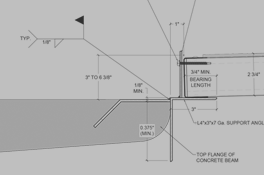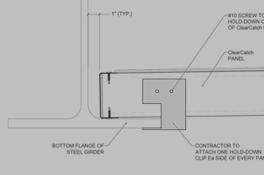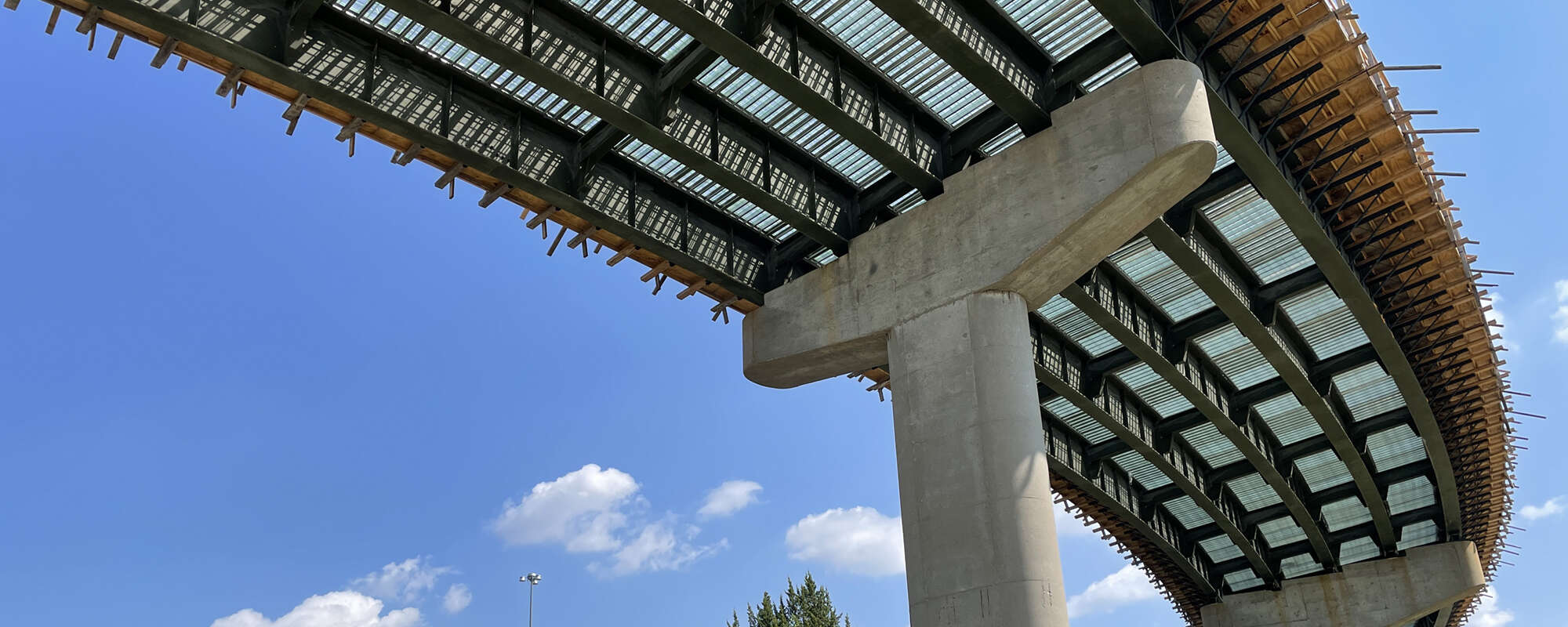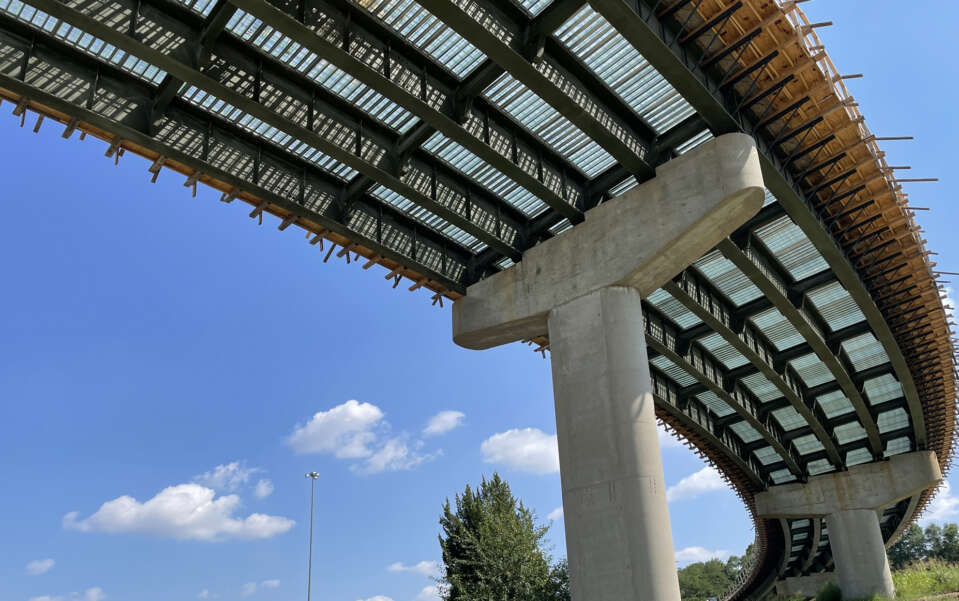OUR PRODUCTS
TrueTech Bridge stay-in-place forms are customized based on site conditions to be compliant and efficient, improving productivity on the job and in the office.
THE ClearCast Forms DIFFERENCE
ClearCast Forms are the result of years of research and development, yielding an innovative method of bridge deck construction that improves productivity and safety while complying with bridge owner inspection criteria.
SPEED
- Prefabricated forms save time on-site
- 5x productivity (compared to conventional removable form construction)
- Eliminate stripping forms
SAFETY
- Reduced exposure, less risk to labor
- See defects and repair deck to avoid structural failures
- Less disruption to travelers, safer for public
SUSTAINABILITY
- Inspect concrete during placement to confirm quality
- Comply with inspection requirements
- Extend service life with proper assessment and maintenance
THE ClearCatch Panels DIFFERENCE
DURABILITY
- Rely on proven performance of galvanized steel and plastic after years of exposure to weather. No rot or decay.
- Plastic is impact and chemical resistant, and will not yellow over time.
- ClearCatch Panels are lightweight with significant load carrying capacity.
SUSTAINABILITY
- Re-use ClearCatch Panels below other aging bridge decks with similar girder spacing after deck is replaced or repaired.
- Steel and plastic can be recycled when panels are removed from service.
- Leave ClearCatch Panels in place as protective shielding during deck demolition.
SAFETY
- Transparency allows for inspection and maintenance staff to see the underside of the deck for routine inspection.
- Easily detect fallen concrete collecting on ClearCatch Panels from below the bridge.
- Eliminate risks related to deteriorated lumber supporting inspection and maintenance staff.
APPLICATIONS
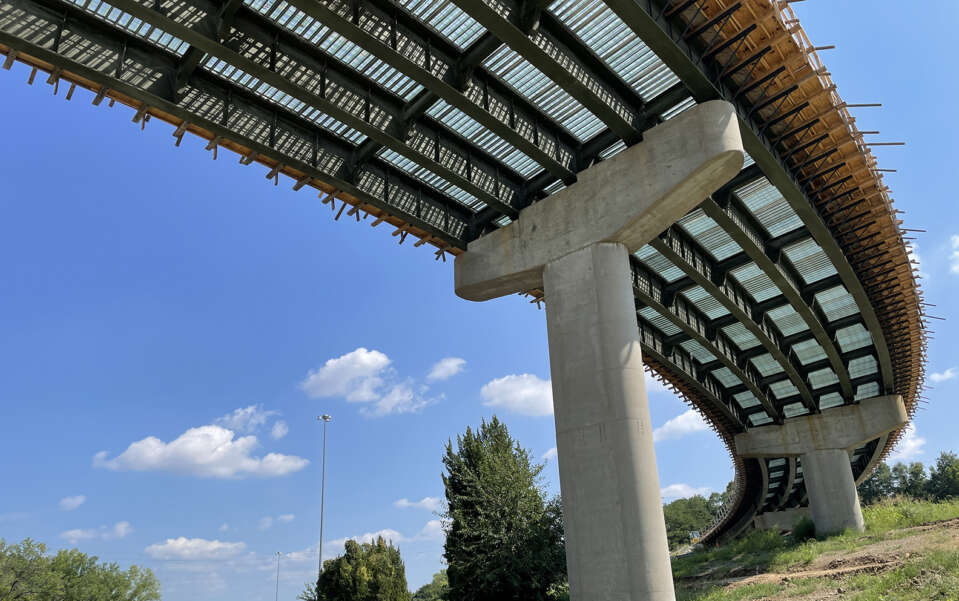
Flyovers
Flyover bridge deck construction often requires special equipment and considerable time and labor to strip deck forms due to the elevated height, limited access, and traffic below.
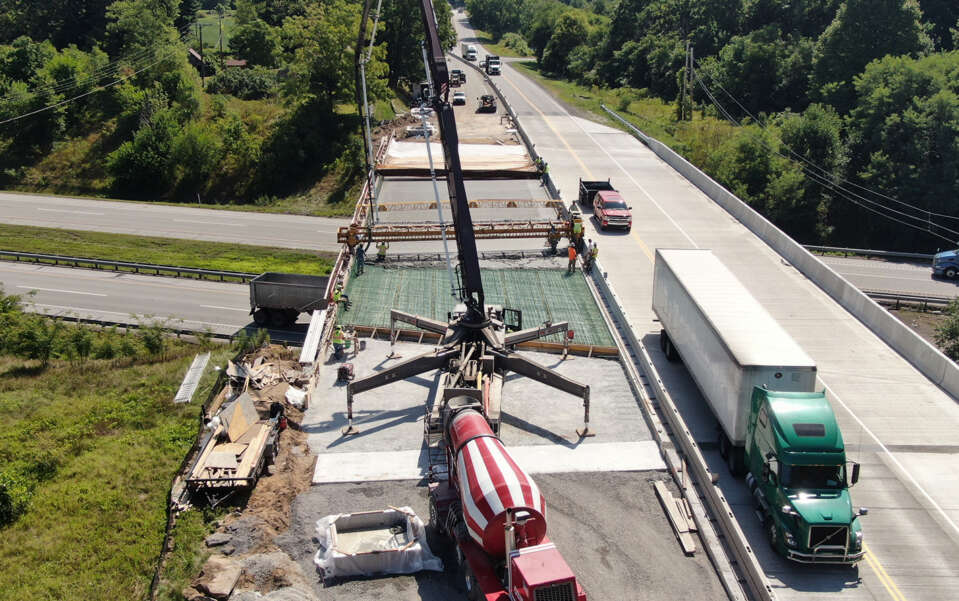
GRADE CROSSINGS
Grade separations can be challenging for stripping deck forms, especially for sites with high volumes of traffic where lane closures and detours disrupt users and expose laborers and travelers to the potential risks of construction activities.

STREAM CROSSINGS
Depending on site conditions, stripping forms over water can be difficult, especially where access to the bottom of the deck requires special equipment, boats, scaffolding, or environmental permitting.
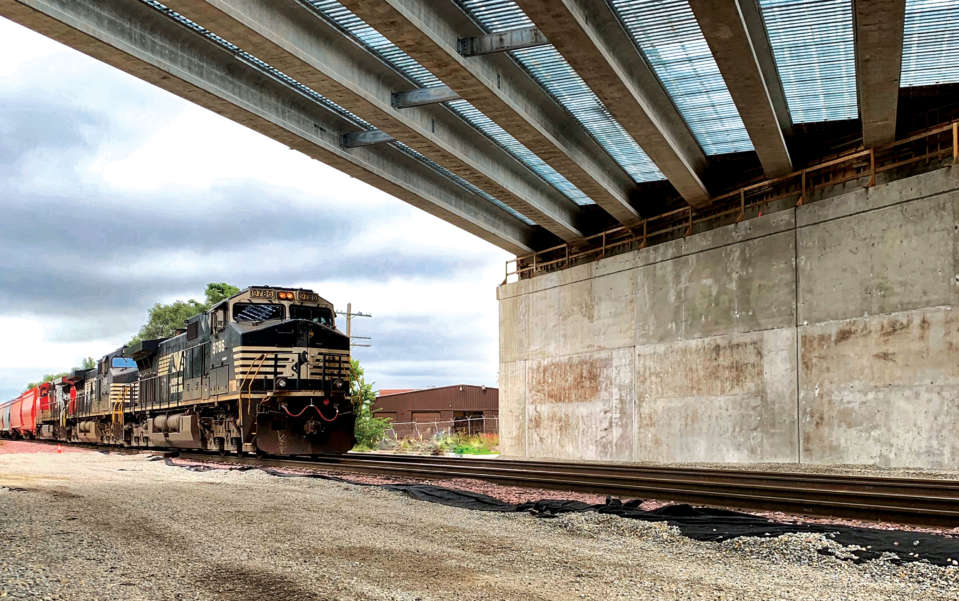
RAILROADS
For bridges spanning active railroads, access to the bottom of the deck may be problematic or cost prohibitive due to available clearance, permitting issues, time constraints, or flagging requirements.
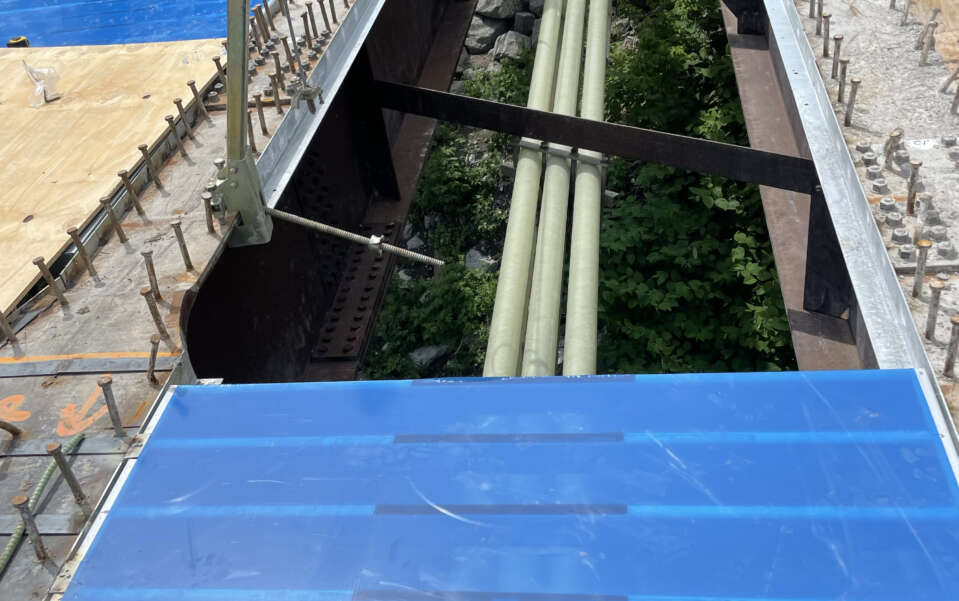
UTILITY CONFLICTS
Top down construction methods are often the only way to construct a deck over utilities, which inhibit stripping forms from below the deck.
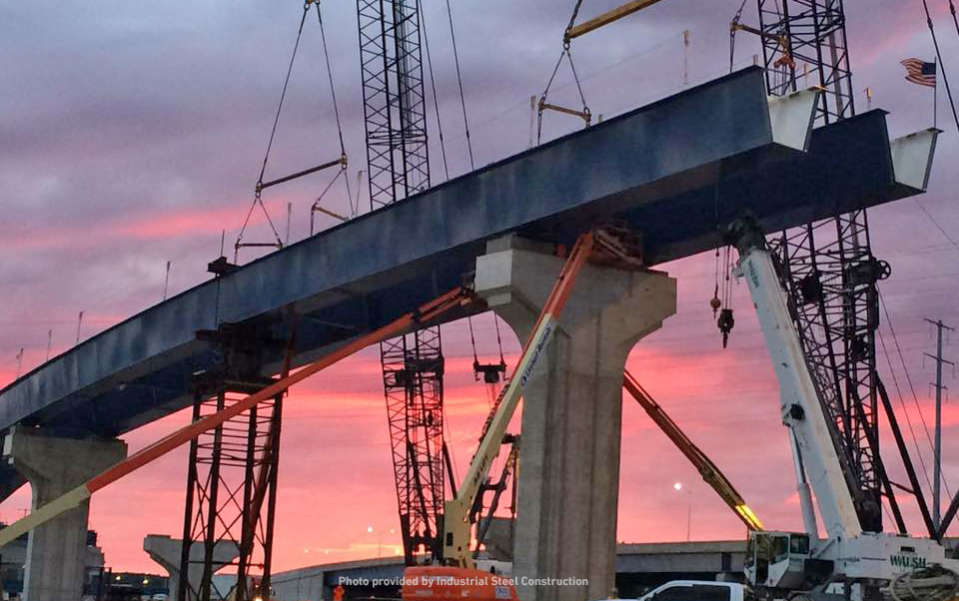
Tub Girders
Tub girder bridges require a significant forming and stripping operation, both between adjacent tubs and within the tub girder itself. The most difficult stripping is inside the tub girder, requiring removal of forms within a confined space and conveying the lumber to an access point where it can be removed and disposed.

Schedule Constraints and Labor Shortages
Any bridge construction project can benefit from ClearCast Forms to reduce labor hours and meet tight schedules.
ADDITIONAL RESOURCES
FEATURED PROJECTS
We design and supply innovative bridge solutions across the U.S. that are prefabricated custom to site conditions and infrastructure owner needs.
